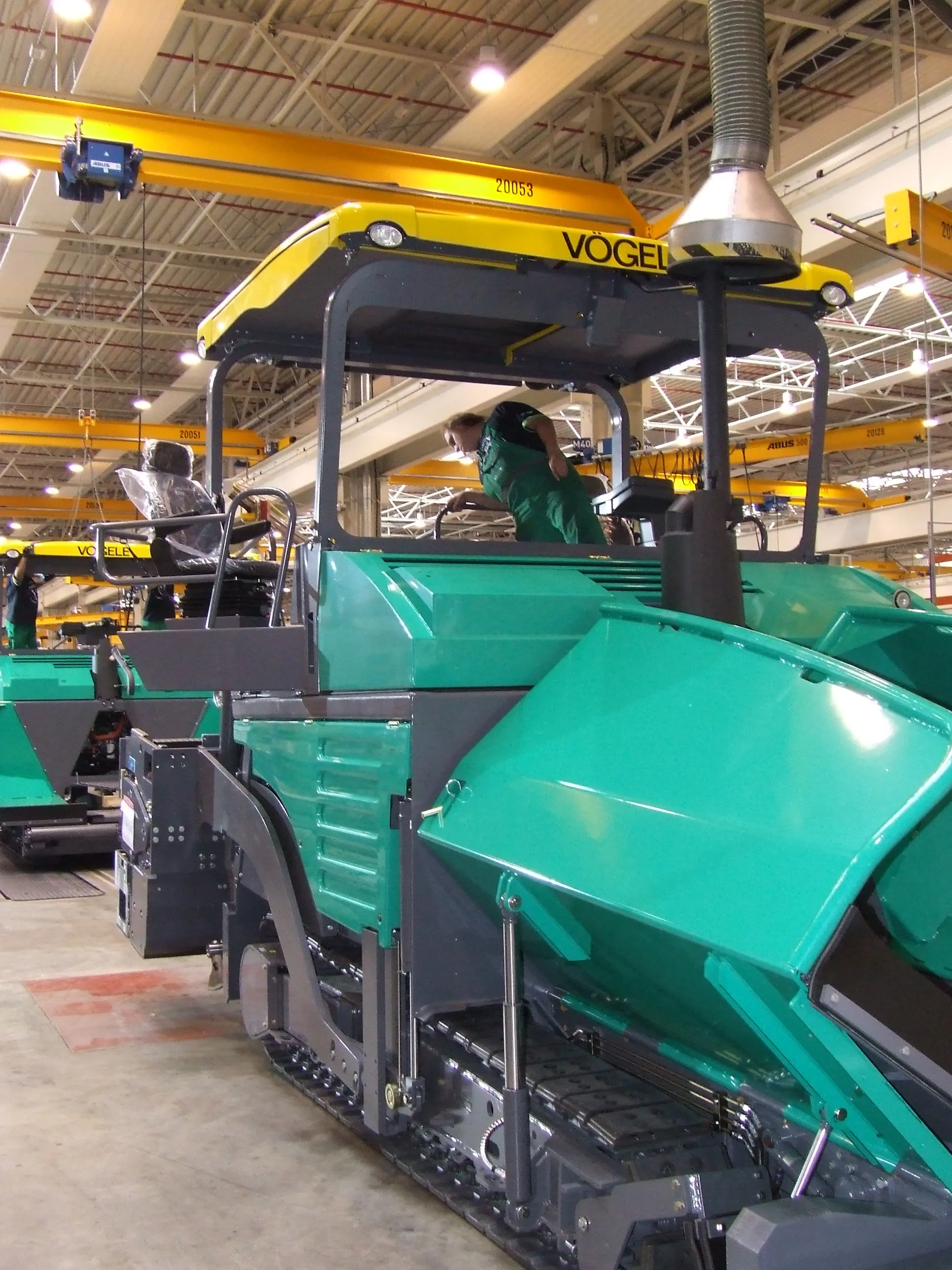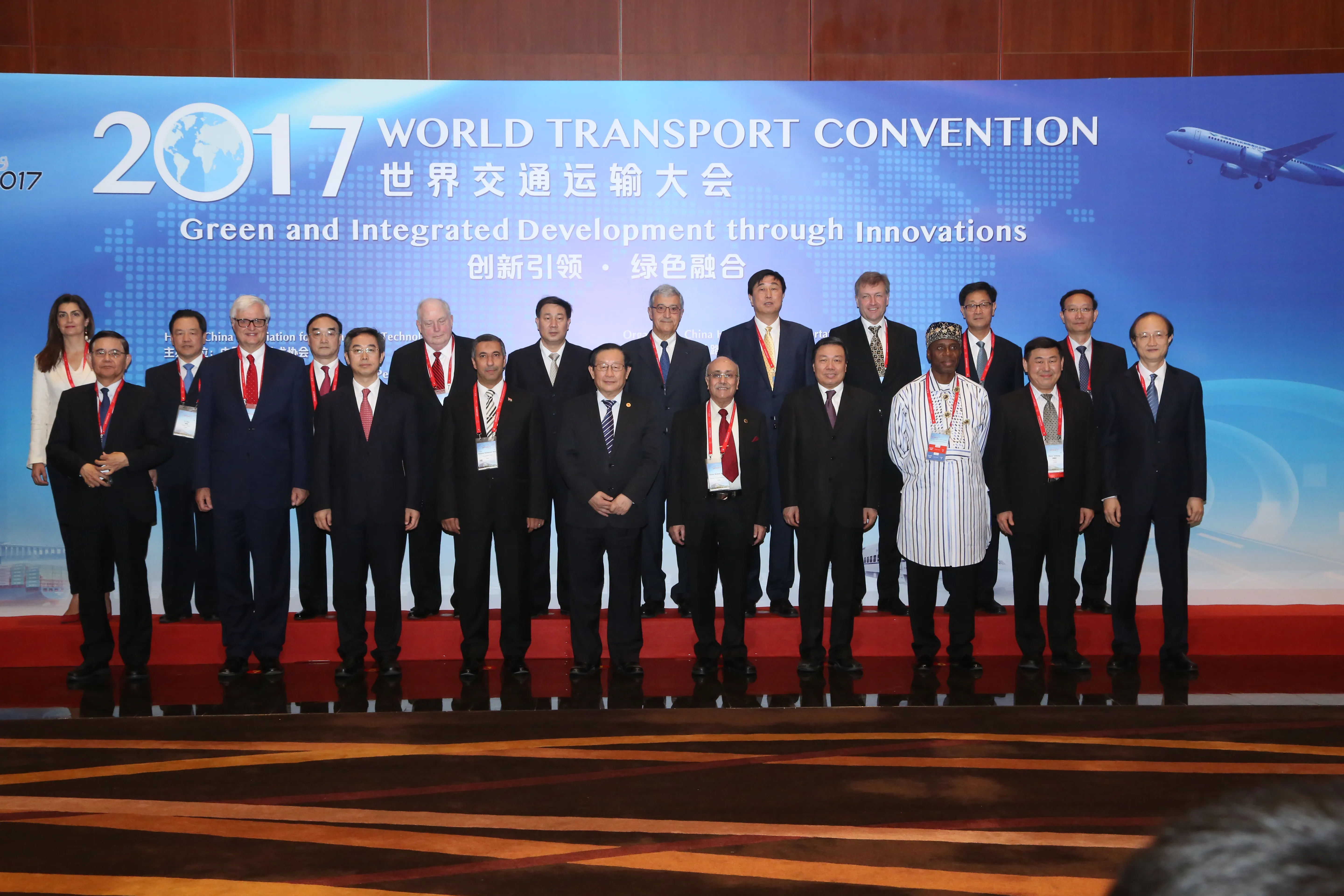Modest growth in transport construction is predicted in the US in 2017 by the American Road & Transportation Builders Association (ARTBA). According to a report by ARTBA chief economist, Dr Alison Premo Black, total transportation construction and related market activity is expected to grow 1.3% in 2017, driven largely by increases in highway and bridge private construction activity supporting residential and commercial developments.
In 2017, the market is expected to reach US$247.8 billion, up from $244
December 2, 2016
Read time: 3 mins
Modest growth in transport construction is predicted in the US in 2017 by the 920 American Road & Transportation Builders Association (ARTBA). According to a report by ARTBA chief economist, Dr Alison Premo Black, total transportation construction and related market activity is expected to grow 1.3% in 2017, driven largely by increases in highway and bridge private construction activity supporting residential and commercial developments.
In 2017, the market is expected to reach US$247.8 billion, up from $244.5 billion in 2016, according to Dr Black. This includes public and private investment for highways, bridges, public transit, rail, ports and waterways, airport runways and terminals. It also includes private investment for roads, streets, driveways and parking lots in residential and commercial developments. And in addition it incorporates support work by state departments of transportation (DOTs) and local governments for highway and bridge planning and design work, routine maintenance and right of way purchases.
Dr Black noted that although the December 2015 enactment of the federal “Fixing America’s Surface Transportation (FAST) Act” law provided stability for public highway investment, the increases that will be realised in the federal program funding levels are modest, just above anticipated growth in inflation and project costs.
Many state DOTs did not obligate their federal funds in time for many projects to get started during the 2016 construction season, she said. Nearly half of the FAST Act funds for FY 2016 —46%—were obligated in the last quarter of the federal fiscal year, between July and September 2016. And 20% of the federal funds available to the states were not obligated until September 2016.
Another factor impacting the ARTBA forecast, Black said, is that Congress is expected to pass a “continuing resolution” that would hold all FY 2017 federal discretionary spending—including the transportation programs—at the current level until March 31st, 2017.
Under this approach, the $900 million increase in highway investment authorised by the FAST Act and included in the House and Senate FY 2017 transportation funding bills would be delayed at least until next spring. Similarly, the $510 million to $670 million public transportation funding increases in the House and Senate transportation measures would also be delayed. The existing funding levels for these and other programs would continue.
After two years of real growth, the value of public highway, street and related work by state DOTs and local governments fell nearly 2% in 2016 and is expected to decline another 1% in 2017.
Recent increases in state gas taxes and user fees, as well as a number of local funding initiatives should help support some local markets over the next few years. Voters in 24 states approved 267 ballot measures in 2016, which will support $207 billion in highway, bridge, port and transit spending over the next 40 years.
Public-private partnerships will continue to be important to state and local markets that have revenue streams to support these projects, according to ARTBA. Five major projects came to financial close in 2016, totalling over $3.3 billion in investment. The projects were in Arizona, Washington, Georgia, Texas and Virginia.
Based on historical data, the private highway, bridge, parking lot and driveway markets will increase from $58.9 billion in 2016 to $62.5 billion in 2017, and will continue to grow over the next five years as overall construction activity increases in those sectors.
The public bridge and tunnel construction market is expected to be down slightly in 2017, to $32.9 billion from a record $33.3 billion in 2016, before resuming real growth in 2018 and beyond.
The national outlook is being driven by activity in nine states, which accounts for 5%3 of the market: California, Florida, Illinois, New Jersey, New York, Pennsylvania, Texas, North Carolina and Ohio. Recent contract awards are down in many of these states, in part because of some major projects that got underway in 2015.
In 2017, the market is expected to reach US$247.8 billion, up from $244.5 billion in 2016, according to Dr Black. This includes public and private investment for highways, bridges, public transit, rail, ports and waterways, airport runways and terminals. It also includes private investment for roads, streets, driveways and parking lots in residential and commercial developments. And in addition it incorporates support work by state departments of transportation (DOTs) and local governments for highway and bridge planning and design work, routine maintenance and right of way purchases.
Dr Black noted that although the December 2015 enactment of the federal “Fixing America’s Surface Transportation (FAST) Act” law provided stability for public highway investment, the increases that will be realised in the federal program funding levels are modest, just above anticipated growth in inflation and project costs.
Many state DOTs did not obligate their federal funds in time for many projects to get started during the 2016 construction season, she said. Nearly half of the FAST Act funds for FY 2016 —46%—were obligated in the last quarter of the federal fiscal year, between July and September 2016. And 20% of the federal funds available to the states were not obligated until September 2016.
Another factor impacting the ARTBA forecast, Black said, is that Congress is expected to pass a “continuing resolution” that would hold all FY 2017 federal discretionary spending—including the transportation programs—at the current level until March 31st, 2017.
Under this approach, the $900 million increase in highway investment authorised by the FAST Act and included in the House and Senate FY 2017 transportation funding bills would be delayed at least until next spring. Similarly, the $510 million to $670 million public transportation funding increases in the House and Senate transportation measures would also be delayed. The existing funding levels for these and other programs would continue.
After two years of real growth, the value of public highway, street and related work by state DOTs and local governments fell nearly 2% in 2016 and is expected to decline another 1% in 2017.
Recent increases in state gas taxes and user fees, as well as a number of local funding initiatives should help support some local markets over the next few years. Voters in 24 states approved 267 ballot measures in 2016, which will support $207 billion in highway, bridge, port and transit spending over the next 40 years.
Public-private partnerships will continue to be important to state and local markets that have revenue streams to support these projects, according to ARTBA. Five major projects came to financial close in 2016, totalling over $3.3 billion in investment. The projects were in Arizona, Washington, Georgia, Texas and Virginia.
Based on historical data, the private highway, bridge, parking lot and driveway markets will increase from $58.9 billion in 2016 to $62.5 billion in 2017, and will continue to grow over the next five years as overall construction activity increases in those sectors.
The public bridge and tunnel construction market is expected to be down slightly in 2017, to $32.9 billion from a record $33.3 billion in 2016, before resuming real growth in 2018 and beyond.
The national outlook is being driven by activity in nine states, which accounts for 5%3 of the market: California, Florida, Illinois, New Jersey, New York, Pennsylvania, Texas, North Carolina and Ohio. Recent contract awards are down in many of these states, in part because of some major projects that got underway in 2015.








